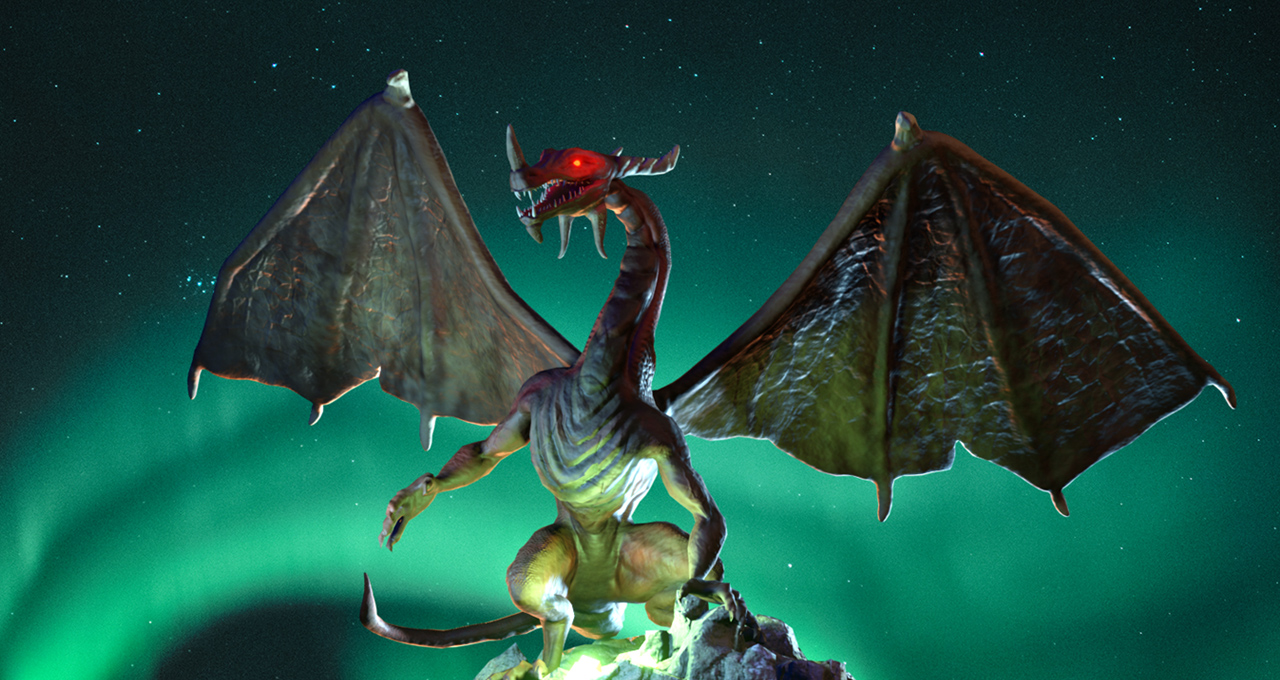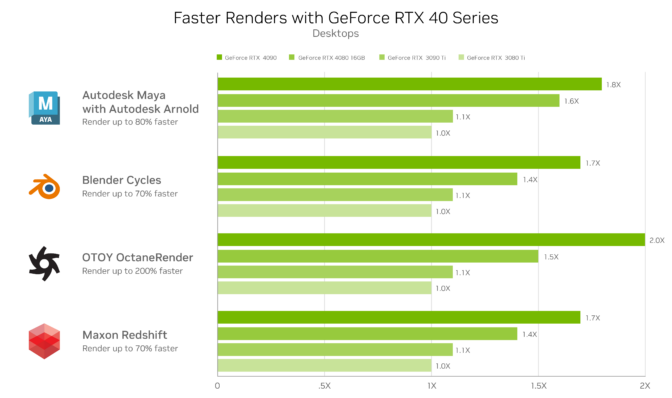Editor’s note: This post is part of our weekly In the NVIDIA Studio series, which celebrates featured artists, offers creative tips and tricks, and demonstrates how NVIDIA Studio technology improves creative workflows. We’re also deep diving on new GeForce RTX 40 Series GPU features, technologies and resources, and how they dramatically accelerate content creation.
Content creator Grant Abbitt embodies selflessness, one of the best qualities that a creative can possess. Passionate about giving back to the creative community, Abbitt offers inspiration, guidance and free education for others in his field through YouTube tutorials.
He designed Dragon, the 3D scene featured this week In the NVIDIA Studio, specifically to help new Blender users easily understand the steps in the creative process of using the software.
“Dragons can be extremely tough to make,” said Abbitt. While he could have spent more time refining the details, he said, “That wasn’t the point of the project. It’s all about the learning journey for the student.”
Abbitt understands the importance of early education. Providing actionable, straightforward instructions enables prospective 3D modelers to make gradual progress, he said. When encouraged, 3D artists keep morale high while gaining confidence and learning more advanced skills, Abbitt has noticed over his 30+ years of industry experience.
His own early days of learning 3D workflows presented unique obstacles, like software programs costing as much as the hardware, or super-slow internet, which required Abbitt to learn 3D through instructional VHS tapes.
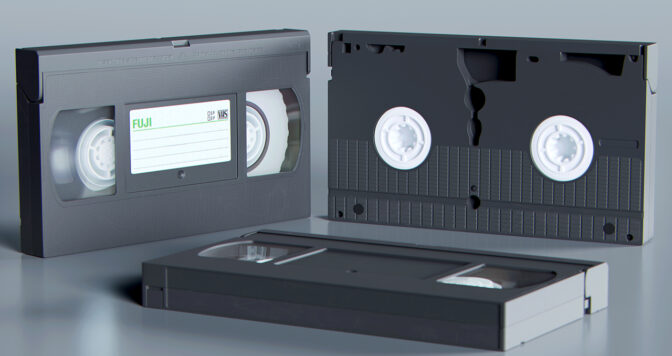
Undeterred by such challenges, Abbitt earned a media studies degree and populated films with his own 3D content.
Now a full-time 3D artist and content creator, Abbitt does what he loves while helping aspiring content creators realize their creative ambitions. In this tutorial, for example, Abbitt teaches viewers how to create a video game character in just 20 minutes.
Dragon Wheel
Abbitt described a different dynasty in this realm — how he created his Dragon piece.
“Reference images are a must,” stressed Abbitt. “Deviation from the intended vision is part of the creative process, but without a direction or foundation, things can quickly go off track.” This is especially important with freelance work and creative briefs provided by clients, he added.
Abbitt looked to Pinterest and ArtStation for creative inspiration and reference material, and sketched in the Krita app on his tablet. The remainder of the project was completed in Blender — the popular 3D creation suite — which is free and open source.
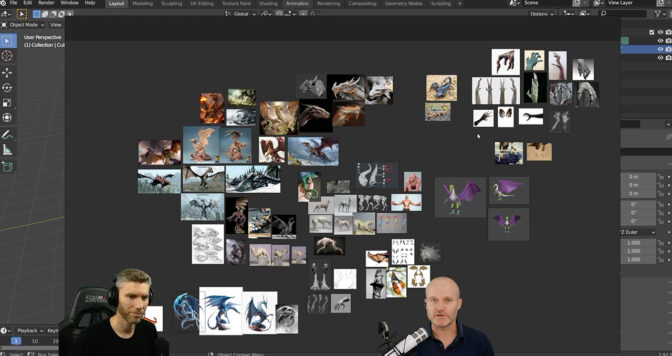
He began with the initial blockout, a 3D rough-draft level built using simple 3D shapes without details or polished art assets. The goal of the blockout was to prototype, test and adjust the foundational shapes of the dragon. Abbitt then combined block shapes into a single mesh model, the structural build of a 3D model, consisting of polygons.
More sculpting was followed by retopologizing the mesh, the process of simplifying the topology of a mesh to make it cleaner and easier to work with. This is a necessary step for images that will undergo more advanced editing and distortions.
Adding Blender’s multiresolution modifier enabled Abbitt to subdivide a mesh, especially useful for re-projecting details from another sculpt with a Shrinkwrap modifier, which allows an object to “shrink” to the surface of another object. It can be applied to meshes, lattices, curves, surfaces and texts.
At this stage, the power of Abbitt’s GeForce RTX 4090 GPU really started to shine. He sculpted fine details faster with Blender Cycles RTX-accelerated OptiX ray tracing in the viewport for fluid, interactive modeling with photorealistic detail. Baking and applying textures were done with buttery smooth ease.
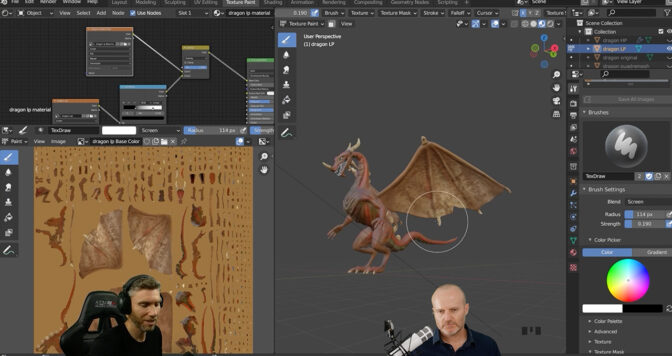
The RTX 4090 GPU also accelerated the animation phase, where the artist rigged and posed his model. “Modern content creators require GPU technology to see their creative visions fully realized at an efficient pace,” Abbitt said.
For the texturing, painting and rendering process, Abbitt said he found it “extremely useful to be able to see the finished results without a huge render time, thanks to NVIDIA OptiX.”
Rendering final files in popular 3D creative apps — like Blender, Autodesk Maya with Autodesk Arnold, OTOY’s OctaneRender and Maxon’s Redshift — is made 70-200% faster with an RTX 4090 GPU, compared to previous-generation cards. This results in invaluable time saved for a freelancer with a deadline or a student working on a group project.
Abbitt’s RTX GPU enabled OptiX ray tracing in Blender Cycles for the fastest final frame render.
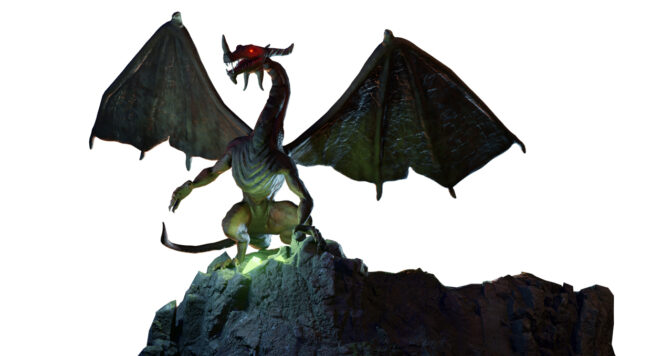
“NVIDIA GeForce RTX graphics cards are really the only choice at the moment for Blender users, because they offer so much more speed during render times,” said Abbitt. “You can quickly see results and make the necessary changes.”

Check out Abbitt’s YouTube channel with livestreams every Friday at 9 a.m. PT.
Follow NVIDIA Studio on Instagram, Twitter and Facebook. Access tutorials on the Studio YouTube channel and get updates directly in your inbox by subscribing to the Studio newsletter.
